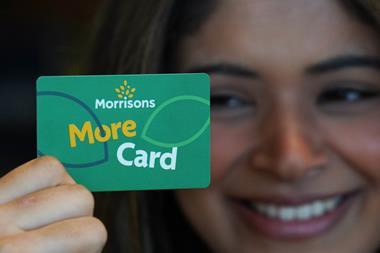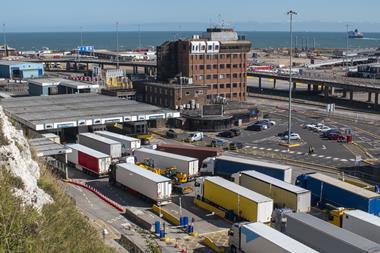Is this the fall of the mighty? Amazon – the second-biggest retailer in the world after Walmart – is reportedly hitting the skids when it comes to its rollout of checkout-free Fresh stores in the UK.
Citing a source close to the project, The Sunday Times reports the search has been called off for new locations, and talks have been abandoned on dozens of sites.
So what’s gone wrong?
One of the major issues for Amazon’s ‘Just Walk Out’ stores is shoppers just aren’t walking in. At least not in any great number, it is understood. That’s little surprise as the cost of living crisis mounts.
While Amazon sung of its Tesco price-match activity (however limited) last month, the move only applied to online. Less, if anything, can be said about savings at its physical stores. In-store prices best compare to those at Waitrose.
That’s a problem at a time when grocery price inflation has hit 11.6%, according to latest Kantar figures – leaving consumers more cost-conscious than ever.
“With inflation at all-time highs, customers are prioritising to save money. Even the most advanced self-checkout technology won’t revert this trend in the short term,” says consultant Martin Heubel, a former senior category manager at Amazon. “It seems Amazon has come to realise this, too.”
Despite its large size, Amazon simply doesn’t have the volumes to drive better economics in grocery. “With the relatively low volumes Amazon currently moves, it has to sell its suppliers a dream instead of high sales figures,” Heubel adds.
While its affluent locations may cushion the blow somewhat, its London-centric focus has also left it exposed to the drop-off in five-day office working. Consumers are working from home in more suburban parts of London, or outside of the capital altogether, resulting in lower footfall to its central store locations.
All this comes against a backdrop of economic problems for the wider business. While physical store sales are growing – up by 12.5% in Q2 versus the same quarter in 2021 – they represent a minuscule contribution compared with e-commerce sales, which have been in decline for two quarters in a row.
Operational costs are going up too – which Amazon offered as an explanation for the recent rise in Prime membership prices across Europe.
Combined with the capex-intensive tech required at every site, the strategy to open more and more Fresh stores – the possibility of 260 within three years was raised as recently as November – is no longer a no-brainer.
Especially when the promised savings on staff costs from Just Walk Out tech could be some time away. Anecdotally, the additional staff required to walk and talk new shoppers through the Fresh experience on the door are outweighing the fewer needed on the shop floor.
But it would be unwise to write off Amazon Fresh stores altogether. The company has closed other store formats recently – like the short-lived 4-star stores in Westfield London and Bluewater – while at the same time opening new ones, like the first Amazon Style fashion store in LA, which opened this month. As former Amazon executive Brittain Ladd explains: “Amazon will keep experimenting until they believe they have the best model and then they’ll accelerate scaling the model.”
With a new physical store leadership team now formed under Tesco veteran Tony Hoggett, Fresh’s expansion pause is likely to be just that. A breather in the marathon of growth in convenience.
“It is evident that the store strategy for Amazon is in flux and it has a new team to refocus its efforts,” says Celia Van Wickel, Kantar senior director, digital commerce.
If a store rollout slowdown is happening, it isn’t indicative of failure. As Van Wickel sums up: “Things are shifting for Amazon as any test and learn company may do.”



















1 Readers' comment